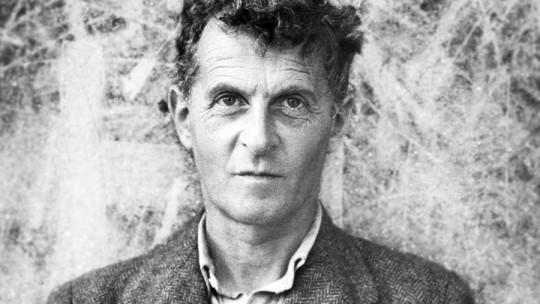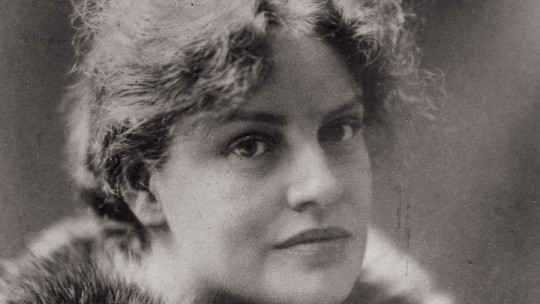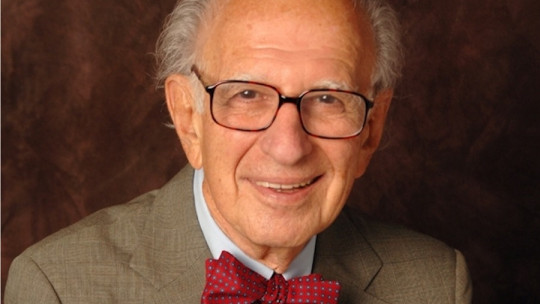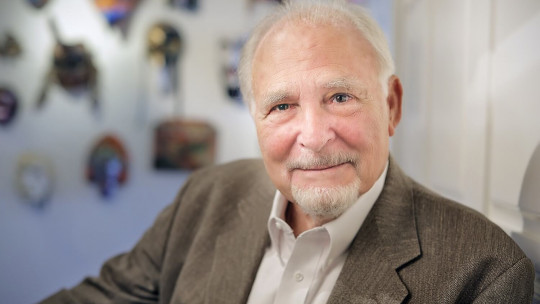
Paul Watzlawick (1921-2007) was an Austrian psychologist, philosopher and theorist nationalized in the USA. In addition to being the author of the well-known theory of human communication, he establishes five axioms that govern language in interactions.
In this article we will see a brief biography of Paul Watzlawick ; We will briefly learn about his academic and professional career, his thoughts, his theoretical orientation and his work.
Brief biography of Paul Watzlawick
Paul Watzlawick was a psychologist, philosopher and theorist who was born in Villach (Austria) in 1921 He studied philosophy and modern languages at the University of Venice and completed psychotherapy internships at the Carl Jung-Institut in Zurich, Switzerland. He holds an honorary doctorate from the Universities of Liège, Bordeaux and Buenos Aires.
Career path
Paul Watzlawick He made important contributions to the field of psychology with his theory of human communication and with radical constructivism. In addition, he was a reference author in the field of family therapy, systemic therapy and Psychotherapy in general.
Paul Watzlawick worked as a professor between 1957 and 1960 at the University of San Salvador, and later joined the Mental Research Institute in Palo Alto (California). He remained there until the end of his academic career, also serving as a professor at Stanford University.
He worked near Jackson and Bateson. In fact, in 1969 published with Jackson and Beavin Human communication a document where they laid the foundations of systemic constructivism, where they discussed topics such as communication and the perception of reality.
He died in Palo Alto (California) on March 31, 2007.
Books
The books by Paul Watzlawick that were translated into the Spanish language were:
Thought
The thought of Paul Watzlawick It is located within the current of systemic constructivism and defends an analytical orientation, focused on the psychological processes of communication.
On the other hand, this author establishes the five basic axioms of the human interaction process in his work Pragmatics of Human Communicationpublished with Janet Beavin Bavelas and Donald D. Jackson.
Types of communication
Paul Watzlawick distinguishes two concepts in his second axiom: analog communication and digital communication
Analog communication refers to everything “non-verbal” (gestures, use of spaces, intonation…) while digital communication covers verbal language, and has a more abstract character.
Human communication Theory
Regarding analog communication, Paul Watzlawick alludes to the similarity between what is to be transmitted and the mode of communication. This is part of the human essence and human relationships.
Thus, communication between people of two different languages, even when they do not understand each other, allows a high degree of gestural and expressive understanding There would then be a communication context that would give meaning to human interactions. Such context would include cultural values such as personal manners, shared sensitivity, etc.
Furthermore, Paul Watzlawick distinguishes in human communication the content of the message (what is intended to be communicated) and the context of communication (the environmental circumstances that occur in the interaction). The context surrounds the message and acquires the character of metacommunication (that communication that talks about the communication itself).
The 5 axioms of Paul Watzlawick
From his theory of human communication, Paul Watzlawick establishes several axioms that govern language from a constructivist-systemic perspective:
1. Impossibility of not communicating
Paul Watzlawick’s first axiom says that “it is impossible not to communicate.” He considers that no one can stop behaving and that any behavior entails in itself an act of communication.
2. Existence of content and relationships in communication
There are two “levels” in any communicative act: the content and the relationships of communication. So, the relationship or relationships influences the content that is transmitted The content provides what is said and the relationship, how it should be interpreted.
3. Roles of the interlocutors
According to Paul Watzlawick, In the interlocutors there is always one who has the initiative and another who acts in response to the first and, depending on the role, communication is structured.
4. Digital and analog communication
In the interaction between two or more people influences both verbal and non-verbal communication and both give meaning to the message.
5. Symmetrical and complementary interaction
Two types of relationships must be taken into account in communication, which affect the way messages are sent and understood: one symmetrical, where the parties are in an equal position (for example, two members of the same team), and another complementary, where there is a union of authority-follower (the boss with respect to the employee).
The concept of reality
During his career, Paul Watzlawick always focuses on analyzing reality to understand it The author distinguishes between first-order realities, described by the objectivity of their physical state, and second-order realities, where the complex subjectivity of the meaning that we attribute to said realities intervenes.
Thus, There is no “real reality”, but instead, there are representations of reality specific to each person People’s pathological imaginaries also intervene here, that is, the distorted visions we have of reality.
Thus, health and mental illness are related through “codes” or social and cultural norms, and are not assessments of a single, certain or immutable interpretation.








